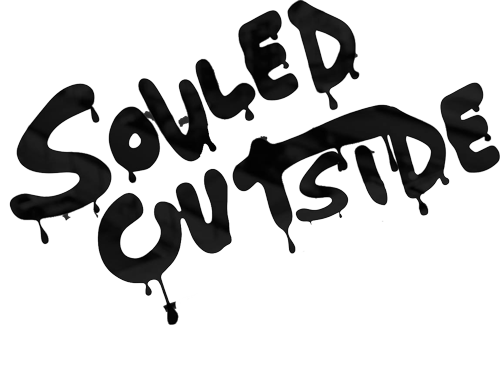The doctor, the father and the girl lie buried under stone, forgotten in an aspen grove near the old town’s ruins. An unmarked grave is almost all that remains of their tale. These hills were rough then, and in 1890s Colorado mining country, even a tragic murder-suicide didn’t seem to shake the headlines much.
There’s no record of the grave online—nor the doctor, nor the girl, nor their killer. But there is a grave in the woods, a large one with three faded, whitewashed slats on a cross. A weathered cairn marks the spot.
The girl was sick, the story goes. At age 14, she was suffering from a serious illness, likely pneumonia; so her father embarked on a three-day round trip to find the nearest doctor. But when dad arrived at the clinic, the doctor was gone. Heartbroken and discouraged, he returned home to his little girl, only to find a full-grown man standing in the doorway of his cabin. This, in a 12-saloon mining town with only 100 homes. This, in a world where death records include listings of men being shot for crimes like: ordering a beer, breaking a cocktail glass or losing an election for county clerk.
In this world, the weary father opened fire on his home’s intruder, killing the doctor he so desperately sought. Cause of death: mistaken identity.. The girl soon passed, and the father—filled with guilt—ended his own life. Cause of death: revolver.
Stories like this permeate the abandoned silver mines of the San Juan Mountains. And it’s here that we find ourselves today.

Jeff, Karen and I bounce over a gravel road just past the once-booming town of Creede. Jeff’s green Jeep takes the bumps in stride. “There is no night in Creede,” a poet once wrote. This was true in its heyday; it’s one of the reasons three unmarked bodies lie resting in the hills. But the mines are long closed, and today the town survives on a trickle of tourism, an active theatre seen and the lure of some of the greatest tacos on the planet.
High above Creede, somewhere in the woods, you’ll find the grave.
Thunder rolls through the valley as we crawl towards its secret location.

Many miles into the mountains, tin cans and broken logs mark the spot where another mining town once thrived. Dozens—maybe hundreds—of half-filled holes and lost mine shafts dot the landscape around the ruins. Railways to nowhere carry stagnant mining carts into the old labyrinths beneath the hills. Everywhere you look, the remains of human activity waste away back into the Earth.
As we finally approach the grave, there’s a strange sense of reassurance. A rusting stove pipe lays nearby. A few broken pieces of glass—like the kind you’d see in a mason jar—jut from the ground. Many people were once here.
But the ones buried under the cross, under the jagged pile of rocks in this lost wood are all but forgotten. They’re just a legend now. Their town, the doctor’s medical practice and the father’s three-day journey towards doom have all faded back into the Earth. Nature always takes back what man has built. But the graveyard is not restless. Here, the towering white trees and cool mountain breeze give a sense of peace.
“It’s a nice place to rest,” we decide.
There are worse places to wind up kicking rocks.










